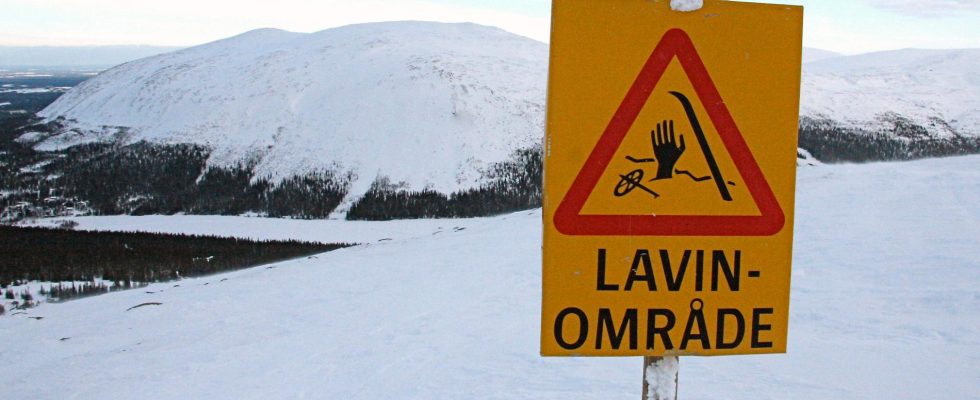Christmas risks ending with horror for people in parts of the mountain world.
Warnings for significant avalanche danger have been issued for southern Jämtlandsfjällen and southern Laplandfjällen.
According to the Swedish Environmental Protection Agency’s Avalanche Forecasts website, “dangerous conditions remain” in the southern Jämtlandsfjällen.
The wind has packed snow flakes which in turn lie on light snow and that combination can give rise to large avalanches.
It is also impossible to know if the load from a human is enough to trigger an avalanche, and older ski tracks do not guarantee that a slope is safe.
The safest thing is to avoid anything that slopes more than 30 degrees in the affected direction, writes the Swedish Environmental Protection Agency.
In the southern Lapland mountains, there have been many avalanches on the steep slopes of Kalfjällen “and unfortunately we do not see signs that the danger is over”, the website says.
Conditions are difficult to judge with hard, wind-packed snow that may feel safe, but isn’t right now.
The advice to reduce the risks is to choose flatter skiing and snowmobiling.
Riders are asked to stick to evenly sloping slopes rather than those with steep knick-knacks. Really loose snow that doesn’t form flakes is also safer.
The current warnings, which equate to a three on a five-point scale, extend through Christmas Eve.
FACT Avalanche scale
Avalanche danger is usually divided into a five-point scale:
1. Little danger. Conditions are safe in general. The snow can be unstable in some places. Avalanches unlikely.
2. Moderate danger. Hazardous conditions in parts of the terrain. It is possible for humans to trigger avalanches, but spontaneous avalanches are unlikely.
3. Significant danger. Hazardous conditions. Human-triggered avalanches are likely, and spontaneous avalanches are possible.
4. Great danger. Very dangerous conditions. Very likely with spontaneous avalanches and people triggering avalanches.
5. Very great danger. Human-triggered and spontaneous avalanches certainly occur.
Source: lavinprognoser.se
Read more
